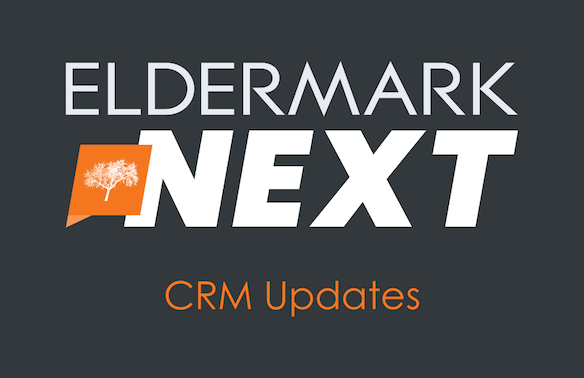Improving Governmental Regulation of Elder Abuse in Senior Living Communities

The last few decades have seen human rights issues come to the forefront of politics and news in our society. As the baby boomer population has aged and life expectancies have increased, mistreatment of the elderly has become a more publicized topic, triggering a number of new regulations for senior living providers. While many of these changes help alleviate the problem of elder abuse in our communities, some fail to showcase the positive impact senior living providers have had on quality of life for aging people.
Public Knowledge About Elder Abuse Should Be Top Priority
Lack of information and research on elder abuse is a major contributor to the problem. Elder abuse became formally recognized as a social issue in the 1970’s, but, prior to that, there was little to no legislation or research on the subject. Much existing research is contradictory because it is based on small samples and weak methodology. Similarly, solutions to the problem haven’t been rigorously evaluated, leaving legislators little data on which intervention strategies are effective or ineffective.
An example of legislation that could be improved is mandated reporting. Most states in the US require care workers to report any indications of abuse—like if a nurse notices a scratch or bruise on a patient. This has led to an increase in the number of incidents reported. In fact, reports of maltreatment within the vulnerable adult population increased by more than 50 percent between 2012 and 2017 in the state of Minnesota alone.
However, local officials and investigators aren’t under the same strict reporting requirements, so verified incidences of abuse aren’t as widely scrutinized. This creates a bias that fuels the demand for further regulation on senior living providers—regulations which take time and resources that could have been used on improving the quality of resident care. At the same time, the attention of the public and the government is monopolized, and other, possibly more prevalent, sources of abuse are overlooked.
How Eldermark is Effecting Change
There’s a tendency to focus on senior living providers as the main perpetrators of elder abuse. In reality, elder abuse is a community-wide health issue and should be treated as such.
Having worked as a senior living provider for over 25 years, Eldermark’s Senior Vice President Mark Anderson has witnessed elder abuse firsthand and has made a commitment to addressing it. As part of his work with the Minnesota Elder Justice Center, Anderson is participating in a Minnesota Department of Health (MDH) workgroup on “prevention strategies to improve quality and safety in care settings and communities.”
This is one of several MDH workgroups that bring together providers, consumers, regulators and payors to draft public policy that addresses the abuse, neglect, and financial exploitation of vulnerable adults. This is a much-needed approach, as progress hinges on the collaboration of providers and consumers. Though both groups agree that oversight is necessary in senior care, a perspective spanning the greater community needs to be discussed to ensure that legislation is benefiting senior living community residents however and wherever they receive healthcare and services.
“I am thrilled to be participating in this process, reminding me of the important work we accomplished when I served on the task force that drafted the legislation for our Assisted Living Title Protection legislation a few years ago,” said Anderson of the experience. “I am grateful for Eldermark’s support of my work on the Board at the Elder Justice Center and of Eldermark’s financial support of the Center’s fundraising efforts.”
On a national scale, Eldermark helps senior living communities and operators keep residents at the heart of care with comprehensive services and seamlessly integrated technology that streamlines care management and operations that focus on resident safety and well-being. Our goal is to help senior living operators save time and reduce errors so that their residents stay safe and happy.
To learn more about what you can do to prevent elder abuse visit the National Center on Elder Abuse website, for a list of resources by state. Find reporting hotlines, identify the government agencies involved in protecting seniors and explore current laws.




